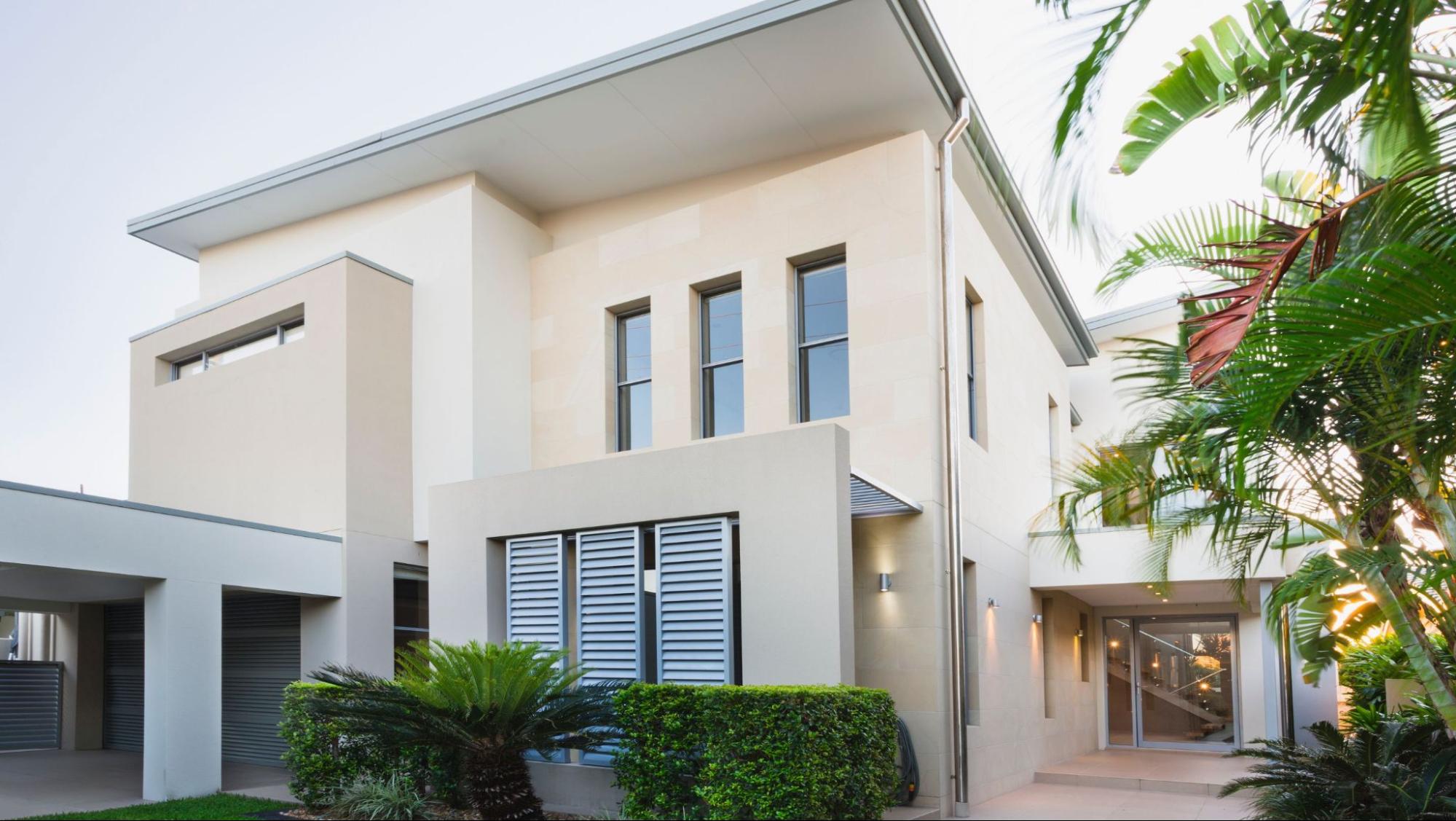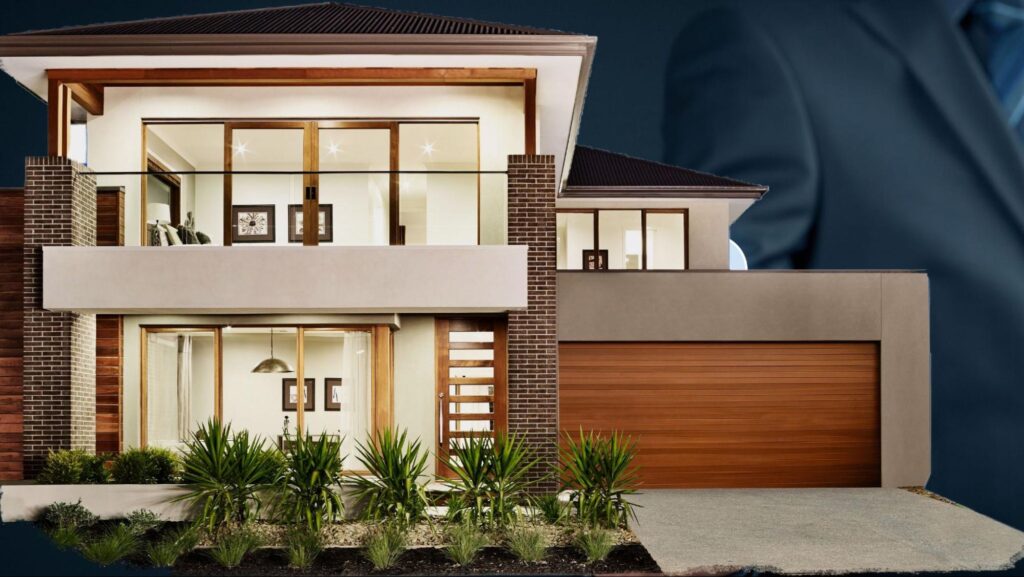In an era of ubiquitous digital distractions and relentless productivity pressure, the home itself needs to be a sanctuary that actually allows for natural rest and physiological rejuvenation. Designing such a space is not just about looks; it requires thoughtful integration of material selection, environmental control, sensory regulation, and attentive design.
The home needs to be in harmony with the body’s circadian rhythms and parasympathetic nervous system and function as a daily refuge that recovers energy and reaffirms balance.
Provide Purpose-Based Spaces in the Home
A restorative space starts with distinct spaces. Each space should only be designed to perform one function: sleep, reflection, imagination, or movement.
Combining many functions in a single space weakens its soothing effect. Bedrooms, for example, should only be employed for sleeping and relaxing, never for work, TV, or even administrative work.
By creating visual or functional separations, such as shelving, hidden partition panels, or floor texture changes, you can be successful at compartmentalizing the home and reducing cognitive overstimulation.
Eliminate Visual and Auditory Clutter
Visual overload noise, such as clutter, open shelving, or incompatible décor, can trigger low-grade stress reactions. To foster uncluttered thinking and enable downregulation, adopt a minimalist philosophy in home organization.
Use closeted cabinetry instead of open shelving, cut the proportion of extraneous decorative objects, and review items stored regularly for redundancy. Acoustically, add heavy drapery, sound-absorbing wall panels, and rugs to mute ambient sounds and prevent echo. Install weather stripping on doors and windows to seal outside intrusions that interfere with deep sleep.
Prioritize Non-Toxic, Natural Materials
Historically, synthetic paints and building materials tend to produce volatile organic compounds (VOCs). This quality of building materials can even go as low as low-grade inflammation, for example, indoor air quality. Simply make your home healthy just through the use of non-toxic materials.
Use zero- or low-VOC paints and finishes and formaldehyde-free solid hardwood or plywood for cabinetry and furniture. Construct bedding and clothing from GOTS- or OEKO-TEX-certified organic cotton, wool, or linens. These fabrics would not only be gentler on the skin but also prevent exposure to chemical irritants that compromise sleep and immune function.
Optimize Indoor Lighting to Control Your Circadian Rhythm
The body’s circadian rhythm is tightly regulated by light exposure. Artificial light that mimics daylight should be used during the day and diminish gradually to warmer colors as evening comes near.

Install adjustable LED lighting or utilize individual bulbs with different color temperatures, cool white for concentrated daylight and warm white for comfortable evenings. Smart light scheduling and dimmer switches can assist in leading your home through the various stages of the day without having to think about it twice.
Clean and Control Indoor Air
Indoor air quality has a direct impact on respiratory health, energy, and the body’s capacity to enter restorative phases of sleep. Indoor environments, such as an apartment or bedroom, can be aggravating to airborne pollutants that include airborne dust, pollen, and mold spores, which may even contribute to issues with sleep hygiene.
Adequate ventilation will also help with sleep hygiene, as controlling an indoor humidity level (between 40% and 60%, depending on whether you need a humidifier or dehumidifier for the area) can help improve sleep hygiene. The humidity levels will also provide consistent moisture in the nasal passages to facilitate clearer breathing.
They may also have decorative value. Plants are calming, and their colors can add to our state of mind by helping it be more positive. Some plants are also purported to up oxygen levels and help “clean” the air of pollutants.
To maximize the benefits of an indoor garden, it may be fun to add rubber trees, snake plants, and peace lilies. Research indicates that such plants enhance air quality but are not demanding, hence perfect for busy people.
You also have to make sure that these plants are exposed to some sunlight. However, be cautious not to put too many in the room, as they become allergens that need constant supervision.
Use Grounding Components for Enabling Physiological Recovery
Supported by a growing body of research, earthing, where you connect with the Earth’s surface, may aid in sleeping more soundly, lessening inflammation, and optimizing cortisol levels. Grounding sheets are likely the easiest method of incorporating grounding into the home.
Grounding sheets consist of conductive material grounded to the Earth via a grounded rod or outlet. Sleeping on them allows the body to safely discharge the built-up positive charge, thus improving deeper and more restorative sleep patterns.
Besides grounding sheets, you can also have a barefoot zone in your house, ideally with Mother Nature’s own surfaces such as stone, untreated wood, or jute mats. Barefoot connection for a mere second a day, even indoors, can equalize the body’s electrical condition.
Wherever it is possible, spend time on the natural outdoor surfaces of grass, sand, or earth. Even 10 minutes a day can be helpful with heart rate variability and decrease the prevalence of the sympathetic nervous system.
Create a Sensory Relaxation Special Area
Restoration is not just at night. Relief periods of silence and reflection for a few minutes reset the nervous system. Set aside a particular spot in your home for reading, solitude, or meditation that is peaceful and free of unnecessary distractions.
The room should include supportive and gentle seating and adequate lighting and be free of any electronic devices. Some minimal soundproofing will make this recovery room even more effective.
The use of a tabletop fountain or a small white noise machine promotes relaxation and eliminates outside distractions.
Conclusion
Turning your home into an amazing sanctuary is a process that requires transforming both your physical environment and your daily routine. Selecting non-toxic alternatives and offering clean indoor air, synchronizing light intake with the rhythms of circadian physiology, and adding in the grounding practice, all of these are necessary functions in aiding the body’s natural rhythms.

As you recommit your home to wellness and recovery, don’t miss the benefit of adding simple technologies such as grounding sheets. Shop grounding.co for premium solutions that reconnect your body to the restorative power of the Earth, in your bed.
